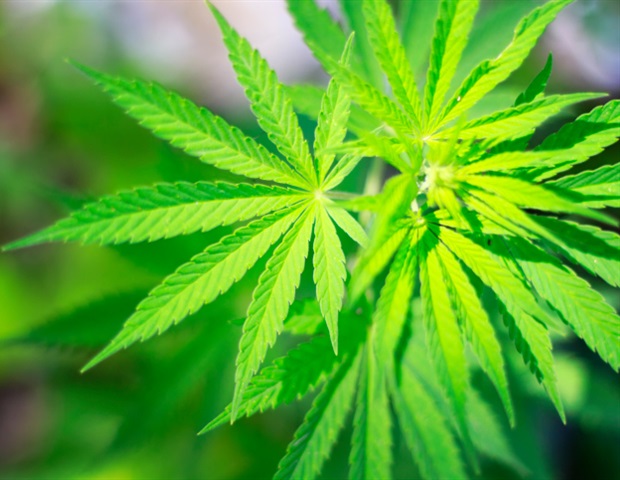New research indicates that between 2000 and 2018, the percentage of car crash deaths in the United States involving cannabis have doubled, and the percentage of deaths involving both cannabis and alcohol, have more than doubled.
Although the proportion of crash deaths involving alcohol has remained relatively constant over the last two decades, the proportion of crash deaths involving other substances, particularly cannabis, has increased, and little attention has been given to the connection between alcohol and cannabis use.
“There has been progress in reducing deaths from alcohol-impaired driving, but our study suggests that cannabis involvement might be undercutting these public health efforts,” says Timothy Naimi, MD, MPH, an adjunct professor at Boston University Schools of Medicine and Public Health, director of the Canadian Institute of Substance Use Research in Victoria, Canada, and senior author on the study.
The percent of crash deaths involving cannabis more than doubled from 9.0 percent in 2000 to 21.5 percent in 2018, and the percent of deaths involving cannabis and alcohol also more than doubled from 4.8 percent to 10.3 percent.
These results also show that cannabis-involved car crashes are more likely to involve the deaths of passengers as well as individuals younger than 35 compared to crash deaths not involving cannabis.
“Our testing methods for cannabis remain suboptimal and individuals can test positive for cannabis weeks after they have consumed it,” says Marlene Lira, MPH, an epidemiologist at Boston Medical Center and lead author on this study.
NHTSA also commissioned the National Academies of Sciences, Engineering and Medicine to study alcohol-impaired driving whose report included the recommendation to reduce the legal alcohol limit to 0.05%, among other interventions.
In this interview, we spoke to Dr.
